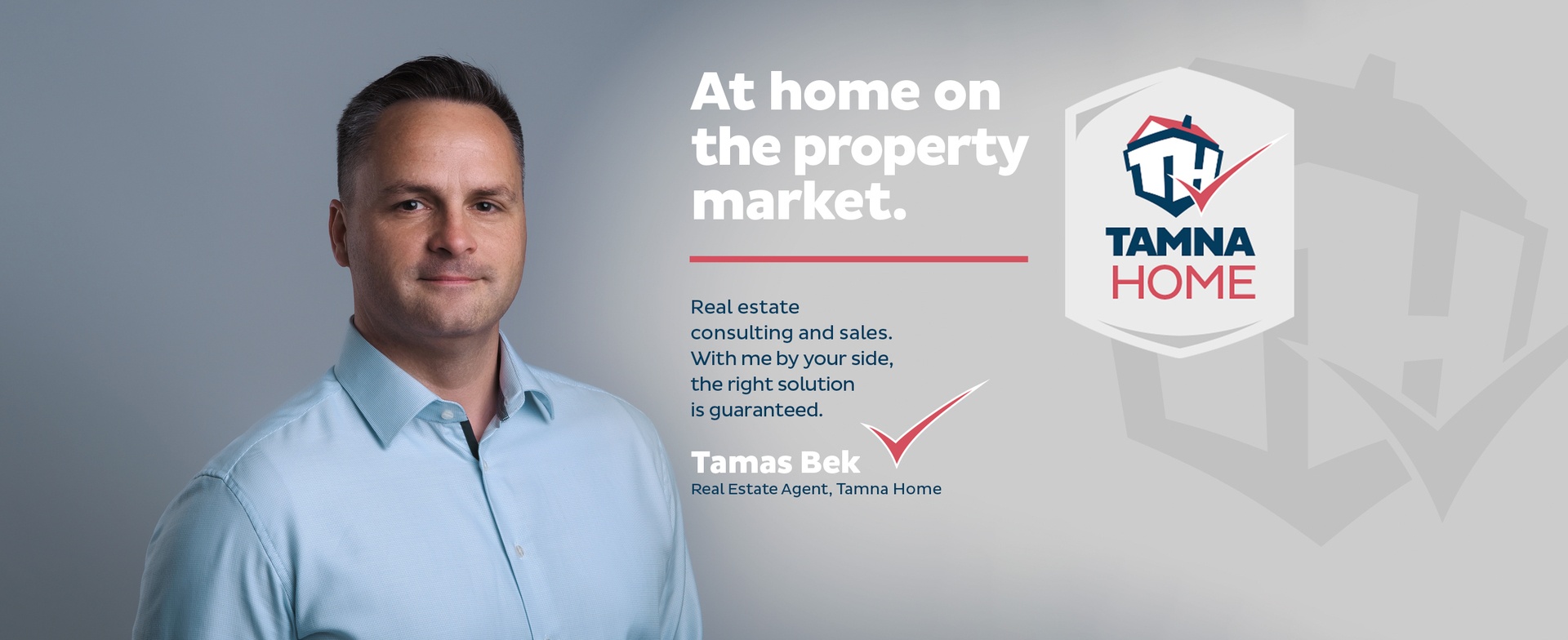Yield and Value Appreciation: How to Choose an Investment Property?
The real estate market remains one of the most popular forms of investment, offering both stable rental income and long-term value appreciation. However, not every apartment qualifies as a good investment. Factors such as location, condition, price-to-value ratio, and rental potential must all be carefully evaluated.
1. Yield vs. Value Appreciation
When purchasing a property for investment purposes, two main aspects come into play:
Yield (Cashflow): the regular income generated from renting out the apartment, such as monthly rent.
Value Appreciation (Capital Gain): the long-term increase in the property’s market value, which can be realized upon resale.
The ideal investment balances both, but in practice, one factor may dominate—smaller apartments in central locations often provide higher rental yields, while new developments in emerging districts may offer stronger capital appreciation.
2. Location, Location, Location
The old saying still holds true: location is the most important factor. Apartments with excellent transport connections, near universities, or close to business hubs, usually guarantee high rental demand. Premium inner-city locations are more expensive, but they retain value and offer stronger long-term appreciation.
3. Size and Layout
Studios and one-bedroom apartments: often generate the highest rental yields, suitable for both short- and long-term rentals.
Medium-sized apartments with 2–3 bedrooms: highly attractive to families and ensure stable, long-term tenants.
Larger apartments: may have lower yields but can see significant value appreciation in prime locations.
A well-designed and practical layout always increases a property’s attractiveness for both tenants and future buyers.
4. Condition and Renovation
Modern, renovated apartments with updated technical systems and low maintenance costs are easier to rent and command higher rents. However, renovation expenses must be factored into the total investment calculation, as they can impact the final yield.
5. Market Trends and Yield Calculation
Current rental prices and market trends must be carefully assessed. Yield can be calculated with a simple formula:
Annual Net Rental Income / Purchase Price x 100 = Yield %
In Budapest, small central apartments typically offer annual yields of around 4–6%, while new developments in suburban areas tend to be more appealing due to their long-term appreciation potential.
Conclusion
The key to a successful real estate investment lies in selecting the right combination of location, layout, and market conditions. Whether the focus is on maximizing rental yield or benefiting from capital appreciation, thorough analysis—and ideally professional advice—ensures that the property becomes a secure and profitable investment.
Back to the previous page!




